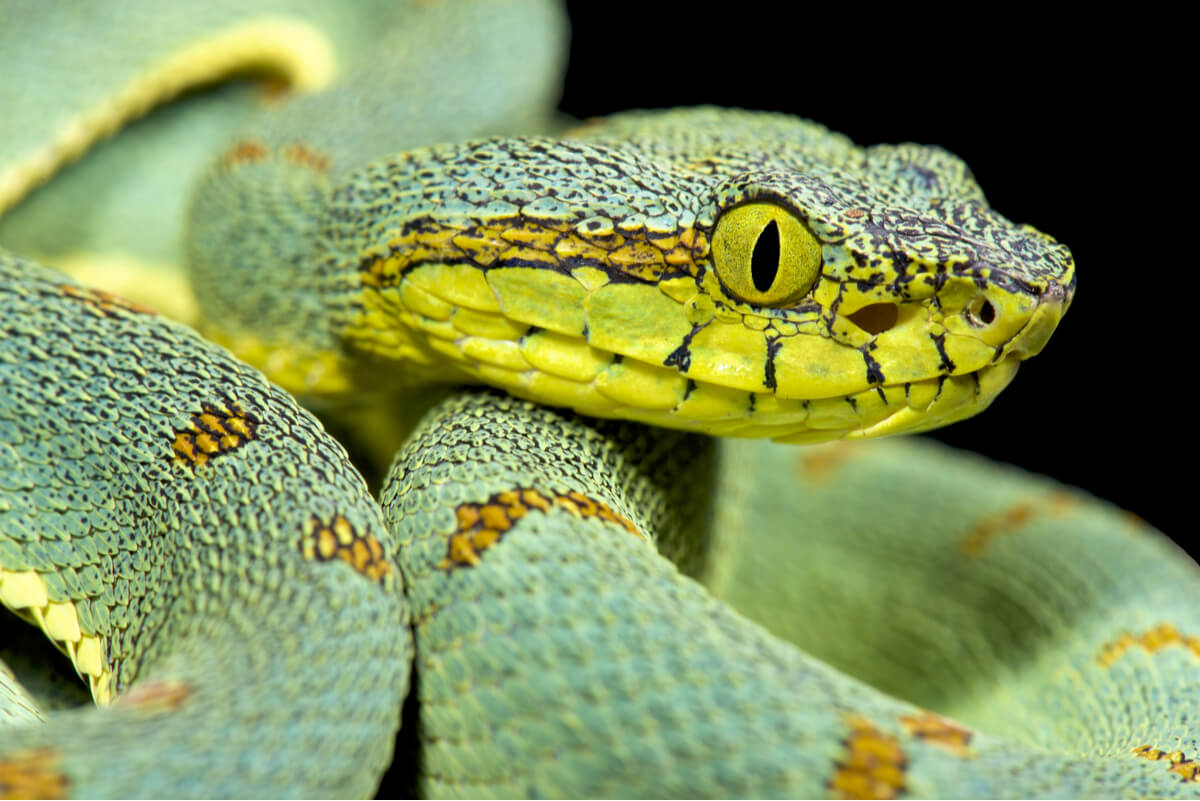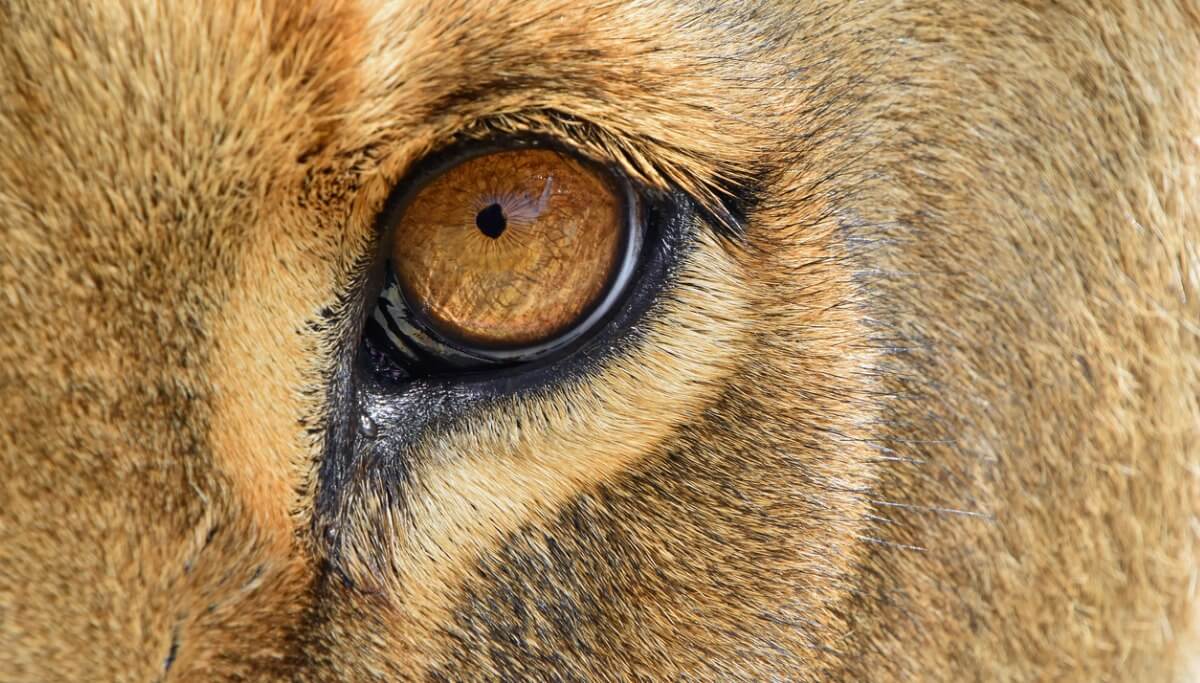Why Shouldn't You Keep Wild Animals as Pets?


Reviewed and approved by the biologist Samuel Sanchez
Keeping wild animals as pets is cruel as well as illegal. Many species are beautiful and their characteristics attract people’s attention. However, these days, there are thousands of species among birds, mammals, fish, and reptiles that are far from their natural habitat, with the sole purpose of satisfying the whim of humans.
The most complex thing about having this type of animal as pets is that the owner will never be able to provide them with what they would have at their disposal if they were free. We can never teach them to hunt, and much less give them the food they need for their proper development. In other words, little by little we would be killing them while they were alive.
What are wild animals?
Wild animals are those that, under no circumstances, can be tamed. They live in their natural habitat and removing them from it could expose them to death, as well as those that look after them.
Among the wild animals that have been introduced to many homes are snakes, parrots, iguanas, turtles, and otters. Even tigers and different species of primates have been kept in captivity, with almost always disastrous results – unless they are kept in a nature reserve.

Reasons why you shouldn’t keep wild animals as pets
Next, we are going to explain step by step why wild animals cannot be kept as pets. Don’t miss it.
They don’t forget their aggressive nature
As we already mentioned, wild animals never forget their instinct and nature. If a person ‘adopts’ or buys a wild animal as a baby, they probably think that, in the years to come, they’ll never be aggressive, as they had no contact with their parents in their natural habitat.
However, in a threatening situation, the animal will react instinctively and may behave aggressively. In fact, there have been many documented cases of primate attacks on members of their human ‘families’. Remember that, even though the environment plays a fundamental role in development, the genetic code isn’t forgotten.
The most famous example of this was the case of Charla Nash, who was seriously injured by the furious attack of her friend’s chimpanzee. ** Please be aware that the link to this event contains upsetting images **.
The animal was only 3 days old when it was bought from a chimpanzee farm, and after living with its family for 14 years, it lost control in confusing events, causing the brutal event.
They can transmit diseases
Wild animals live in natural conditions, so to speak, exposed to countless bacteria and diseases that are unknown to humans. In fact, trafficking in endangered species was criminalized in 1973. This law was postulated because it has been proven that they can transmit certain diseases and cause serious consequences.
In fact, as reported in information from the World Health Organization (WHO), various pandemics have been caused by close contact between wild animals and humans.
Finances the smuggling of species at risk
According to the UN Environment Program, illegal wildlife trafficking represents a real danger to diversity and ecosystems. In addition, the document reveals that in Asia there are more tigers in captivity than in their natural habitat, something completely unacceptable in a society that fights for the preservation of living beings.
The greatest risk of capturing wild animals is the harm caused by the illegal hunters. In the case of primates, many babies are torn from their mothers, who die defending their young. Buying wild animals helps these practices continue.
They lose the opportunity to grow in their habitat
By buying a wild animal and raising it outside of its natural environment, you are robbing them of the opportunity to grow up with their parents and learn species-specific behaviors. As much as we may want to imitate their natural environment, for us, as humans, it’s impossible to teach them to hunt, to behave in a herd, and to develop fully.
They can’t be tamed
The domestication of a species can take centuries. Domestic cats and dogs were once wild, and in those that are homeless, we can still observe completely wild behavior. This occurs because their instinct prevails over their indoctrination. Again, it should be noted that their genome is never forgotten.
They may die
With wild animals, two deadly phenomena can occur. The first occurs when the animal is removed from its habitat. Introducing a living being into an environment that isn’t its own is potentially deadly from one moment to the next.
However, many people – as with dogs and cats – abandon animals after realizing that they can’t cope with looking after them. Doing this to a wild animal is even worse for the ecosystem. It may die, but it may also become a pest, as long as there’s another specimen of its species on the loose.
It’s for this reason that when an animal is seized for illegally being adopted by humans, it must undergo a rehabilitation process. Sadly, quite often this process doesn’t succeed and the living being can never return to its natural environment.
It’s illegal
Once again, keeping wild and endangered animals as pets is illegal. This was determined in 1973 in the International Trade Convention on Endangered Species of Wild Fauna and Flora (CITES).
At present, there are special permits for the reproduction of certain exotic species. Therefore, if you really want to have one, you must do so within the framework of the law, ensuring that the animal has its vaccines and isn’t a risk to society.
Even so, the high costs and procedures, and the difficulty in buying species, lead many people to turn to illegal networks.
How to prevent wild animals from becoming pets
For true animal lovers, having a wild animal as a pet isn’t an option. If you come across any negligence in this regard, you should report it to the authorities. Identify the institutions in your country that are in charge of receiving this type of complaint and don’t be afraid to point out the culprit.
You can also raise awareness in your circle. Explain to your family, friends, and colleagues the risks of having a wild animal as a pet. It all starts with us, so helping to raise awareness is always the first step to change.

Wild animals are not pets
If you really love animals, the best way to show it is to admire them in their natural habitat and in freedom. Life in captivity has serious consequences for wild animals. In addition to those described, many may experience episodes of depression and anxiety, so hosting them in the home environment is never an option.
All cited sources were thoroughly reviewed by our team to ensure their quality, reliability, currency, and validity. The bibliography of this article was considered reliable and of academic or scientific accuracy.
- La OMS pide más estudios y datos sobre el origen del SARS-CoV-2 y reitera que todas las hipótesis siguen abiertas. OMS. 2021.
- ¿Qué estamos haciendo para poner fin al tráfico ilegal de vida silvestre? ONU. 2020.
- Bertonatti, Claudio & Aprile, Gustavo. (1996). Manual sobre Rehabilitación de Fauna.
This text is provided for informational purposes only and does not replace consultation with a professional. If in doubt, consult your specialist.